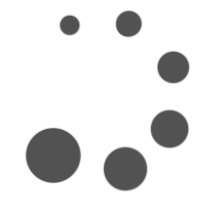Occupital/hypostomal carina
chevron_right
Occupital carina joinging hypostomal carina at the base of the mandible.
Occupital carina joining hypostomal carina above the base of the mandible.
Ovipositor sheath direction
chevron_right
Ovipositor sheaths pointed directly backwards or slightly downwards.
Ovipositor sheaths more or less angled upwards.
Campodorus/Hyperbatus/Mesoleus
chevron_right
Abdomen less elongate, portion behind tergite 3 shorter than hind femur. Clypeus margin blunt and usually buldging centrally. Nervellus usually inclivous.
Abdomen more elongate, portion behind tergite 3 about as long as hind femur. Clypeus margin blunt and usually buldging centrally. Nervellus usually inclivous.
Abdomen variable. Clypeus usually bilobed and with margin sharp medially. Nervellus more or less vertical.
Synomelix/Zemiophora/Pantorhaestes
chevron_right
Hind tibia without distinct black basal band, though sometimes somewhat darkened basally. Petiolar carina extending at least over half the propodeum.
Hind tibia ivory with a distinct black band basally and apically.
Hind tibia without distinct black basal band, though sometimes somewhat darkened basally. Petiolar area extending over less than half the propodeum.
Anisotacrus/Hadrodactylus
chevron_right
Apical tarsal segments almost always at least slightly elongate and curved. Clypeus moderately short, its apical margin moderatly to strongly curved.
Apical tarsal segments normal. Clypeus very short and wide, its margin subtruncate or weakly cruved.
Alexeter/Neostroblia/Scopesis
chevron_right
Clypeus relatively broad. Setae on the hypopygium slanted backwards. Notauli strong, sharply impressed at least anteriorly. Tergite 1 1.7 to 4 times as long as wide
Clypeus relatively broad. Setae on the hypopygium slanted backwards. Notauli usually weak, if sharply impressed then only anteriorly. Tergite 1 1.5 to 2.3 times as long as wide.
Clypeus narrow. Setae on the hypopygium erect. Notauli weak, short and not sharpy impressed.

